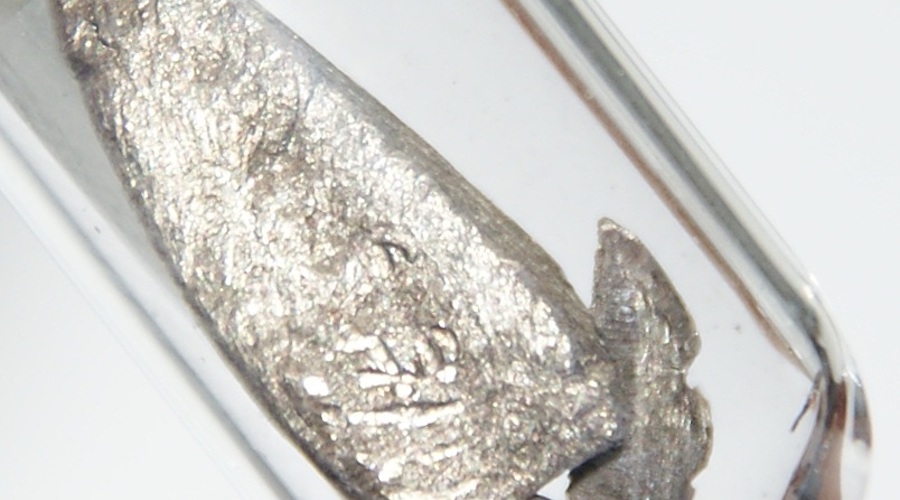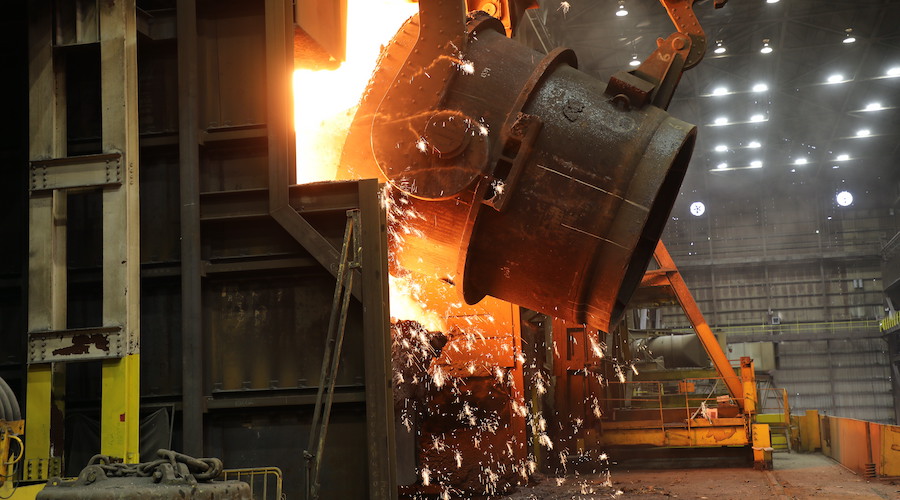Environmentally friendly technology allows for efficient separation of REEs, transition metals from waste

Researchers at the US’s Idaho National Laboratory have taken a water treatment technology and adapted it for selectively separating rare earth elements and transition metals.
This chemical process, recently described in a Nature Communications article, reduces both the energy and product consumption involved with rare earth element recovery.
The new method involves the use of dimethyl ether, a gaseous compound that served as one of the first commercial refrigerants. The compound drives fractional crystallization—a process that divides chemical substances based on their solubility—to separate rare earth elements and transition metals from magnet wastes.
“This process begins with a magnet that’s no longer useful, which is cut and ground into shavings,” Caleb Stetson, the experimental lead for the project, said in a media statement.
“The magnet shavings are then put into a solution with lixiviants, a liquid used to selectively extract metals from the material. Once the desired metals are leached from the material into the liquid, we can then apply a treatment process.”
The dimethyl ether-driven process uses far less energy and pressure than traditional methods, typically conducted at very high temperatures. Fractional crystallization, on the other hand, can be carried out at ambient temperatures and requires only slightly elevated pressures of around five atmospheres. In comparison, the pressure in an unopened 12-ounce can of soda is 3.5 atmospheres. These lower energy and pressure needs also save money.
Little waste
According to the scientists involved in the project, competing technologies also use added chemical reagents to drive precipitation and other separations, which inevitably become additional waste products with financial and environmental consequences. This is not the case with dimethyl ether-based fractional crystallization.
In their paper, the researchers point out that they selected dimethyl ether for its ease of recovery, overcoming a shortcoming of prior attempts to use solvents to drive critical material separations. By dropping the pressure and then recompressing the gas at the end of the experiment, the team is able to recover the solvent and reuse it in future cycles.
The process has other advantages as well. “It can be difficult to adjust temperatures for evaporative crystallization, but this fractional crystallization process eliminates all those challenges,” Stetson said. “For the process to separate distinct fractions from a metal-bearing solution, we only need to adjust the temperature by 10 degrees.”
When developing this solvent-based process for zero-waste metal recovery, the team worked closely with some of the electrochemical rare earth metal recovery processes already in place at the lab. This includes the E-RECOV effort, which uses an electrochemical cell to efficiently recover metals from discarded electronics.
In the scientists’ view, reducing the energy intensity and waste profile of critical material recovery is expected to not only have environmental benefits but also inspire developed countries to carry out these processes locally instead of offshore.
More News
{{ commodity.name }}
{{ post.title }}
{{ post.date }}



Comments